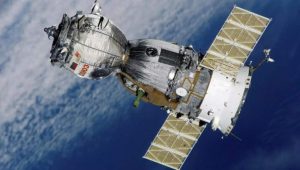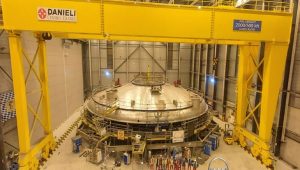The Indian Space Research Organisation (ISRO) successfully brought back Chandrayaan-3 Propulsion Module to Earth orbit, after exceeding its lunar mission objectives. It also demonstrated India’s ability to not only launch objects to the Moon but also bring them back.
Following the lunar hop by Vikram (lander), this was another accomplishment that shows that ISRO can restart engines on the moon and operate equipment, both of which were not foreseen, the national space agency stated in a release.
Bringing the propulsion module back to Earth avoids it not only from crashing into the moon at the end of its life, but also from entering geostationary orbit and colliding with other satellites. “Considering the estimated fuel availability and the safety to GEO spacecrafts, the optimal Earth return trajectory was designed for October 2023,” the space agency said.
“The first manoeuvre was performed on October 9, 2023, to raise the apolune altitude to 5112 km from 150 km, thus increasing the period of orbit from 2.1 hrs to 7.2 hrs. Later, considering the estimate of available propellant, the second manoeuvre plan was revised to target an Earth orbit of 1.8 lakh x 3.8 lakh km,” the agency added.
Currently, the Chandrayaan-3 propulsion module orbits the Earth at an altitude of about 1.54 lakh km, reaching a minimum altitude of 1.15 lakh km. The orbital period spans around 13 days, and as per current predictions, there is no threat of close approach with operational Earth-orbiting satellites.
The payload onboard the propulsion module, named SHAPE, will continue its spectroscopic study of Earth’s atmosphere from its new orbit.















